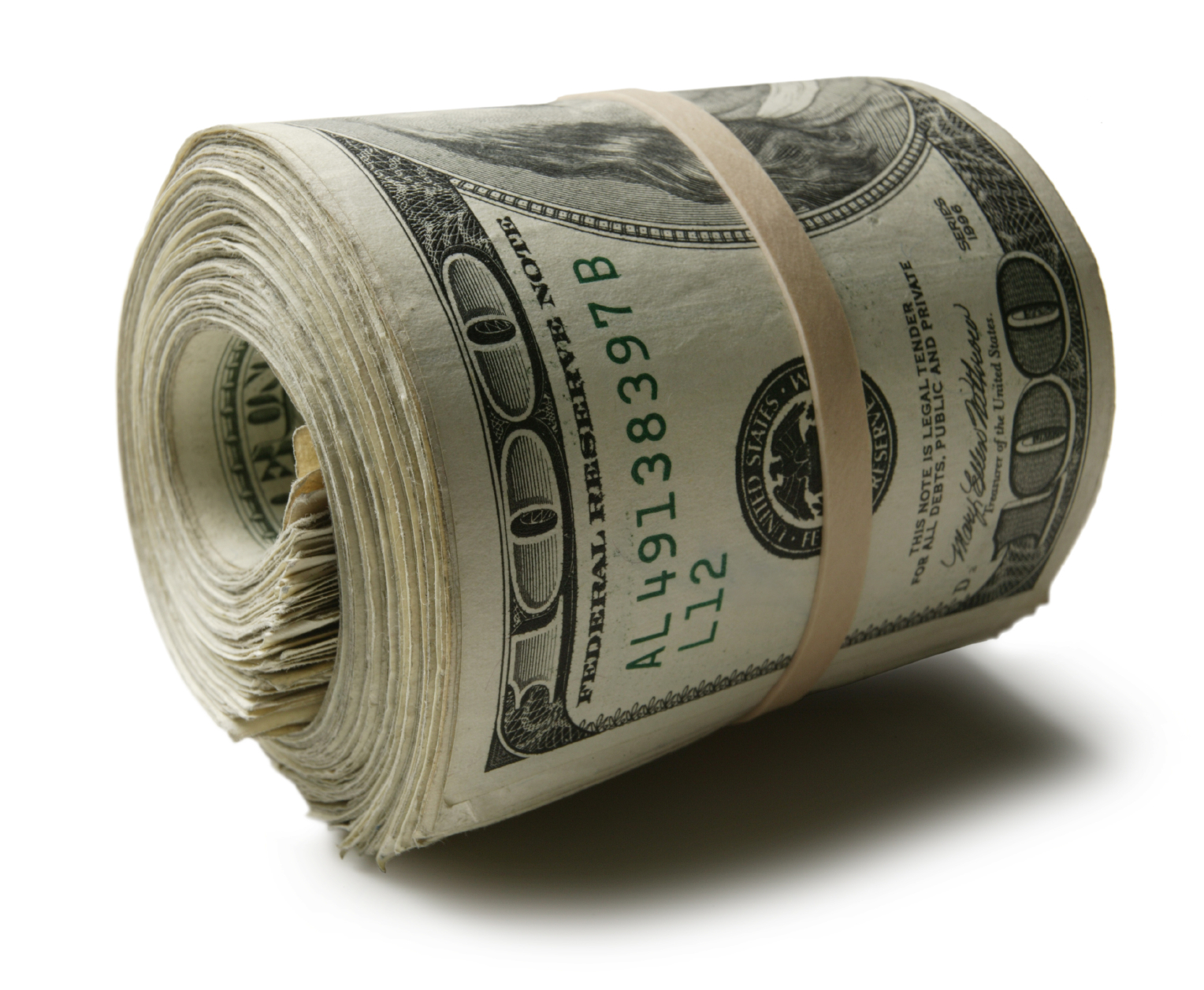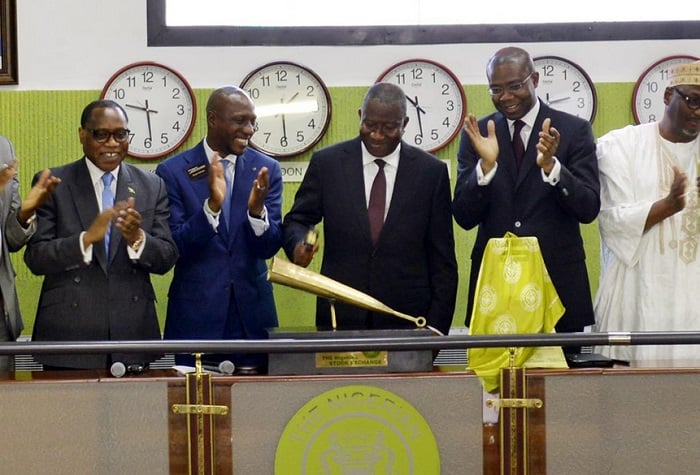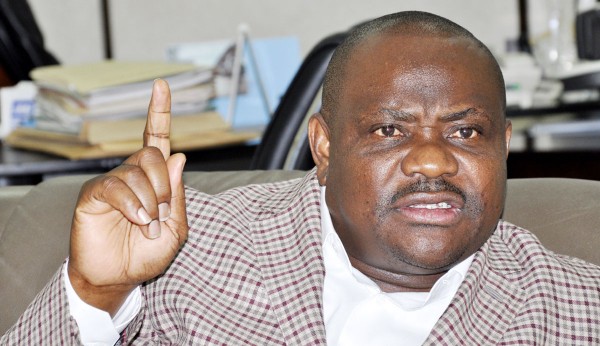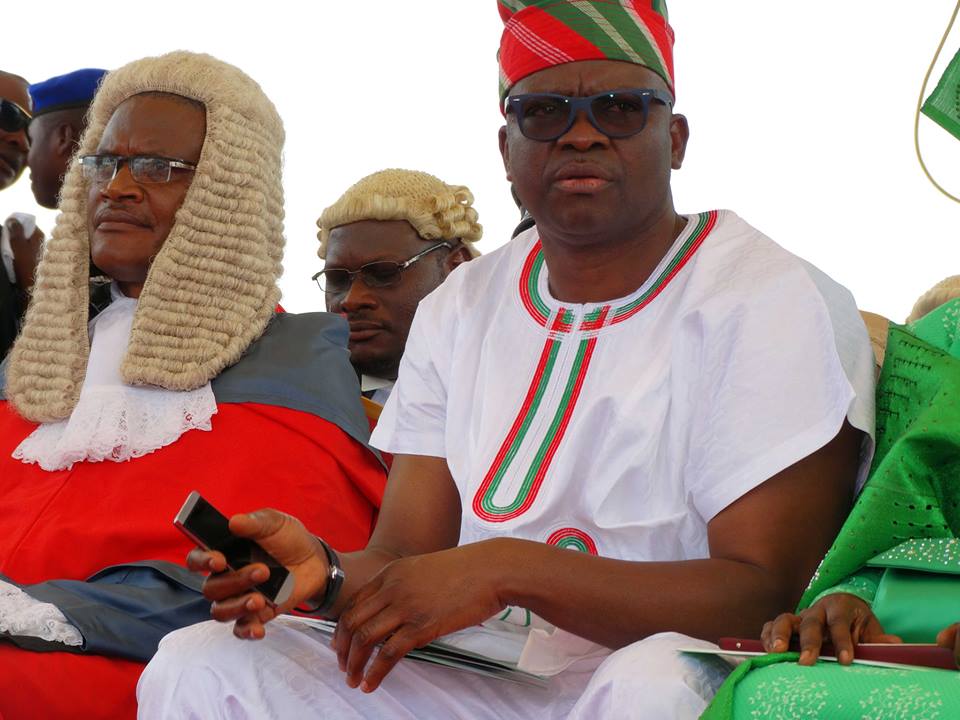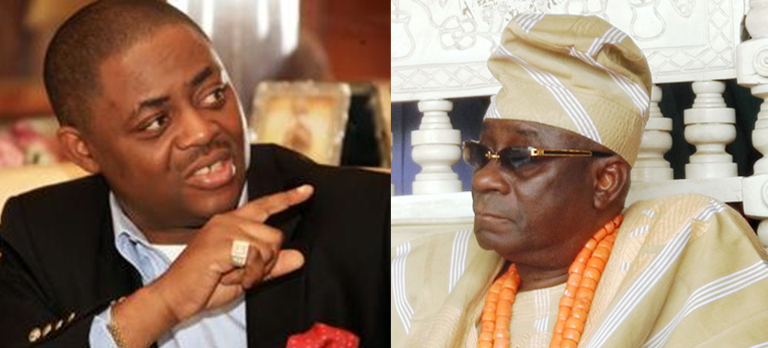The currency markets have commenced the week cautiously, with the USD mixed against its trading partners. The reason behind the cautiousness in the currency markets is because traders are trying to get their head around why there was such an unexpectedly weak NFP to conclude last week.
Questions are going to be asked regarding why the NFP was so off the recent norm, and whether it could be due to some adverse weather conditions at the beginning of the year, or possibly even that the US economy is slowing down. To be honest, I think it’s way too soon to start becoming concerned over the health of the US economy, and what the markets should be thinking about in the shorter-term is that any remaining optimism that the Federal Reserve could hike interest rates as early as June has basically been erased.
I have repeatedly mentioned throughout the previous nine months that the Federal Reserve was never going to allow itself to be hurried into raising interest rates, and you only ever had to look back at how reluctant the central bank was to begin tapering down QE for an example of that. What the unexpectedly weak NFP has provided to the Federal Reserve is a valid reason to remain hesitant towards raising interest rates, but I do not think we have pushed expectations for an interest rate rise any further back than September. It would require a streak of alarming economic data for the Federal Reserve to swerve away from its previous commitment to begin raising interest rates, and for as long as there is optimism that the Federal Reserve will eventually raise interest rates this year – the USD should remain supported. Could there at some point be a widespread USD correction? Only if concerns arise that Federal Reserve will swerve away from its commitment to begin raising interest rates this year altogether.
What needs to be remembered over the upcoming period is that no matter how hesitant the Federal Reserve becomes towards raising interest rates, the US central bankis still going to be raising rates before the overwhelming majority of central banks can even contemplate the idea. Interest rate expectations have also not been the only factor behind the spectacular USD rally, with the other factor behind the increased USD demand being because so many other central banks (around 25 this year) have eased monetary policy. The divergence in central bank policy is driving market volatility, and will continue to do so throughout the remainder of the year.
Advertisement
Who do I think is going to benefit the most over the upcoming period as a result of US interest rate expectations being pushed back? Emerging market currencies, because these currencies have been under intense pressure throughout the previous quarter due to the spectacular USD rally, and emerging market dependence on the price of oil. The Turkish Lira and Russian Rouble are continuing to strengthen today, while the longer term prospects for currencies such as the Chinese Renminbi, Malaysian Ringgit, Indian Rupee and Indonesian Rupiah might now be more positive than they would have been if expectations were still strong for a rate increase this June.
The EURUSD has once again found resistance around the mid 1.10’s preventing itself from moving any higher, which is providing me with more and more clarity that we could be looking at a potential ceiling for the pair. I have repeatedly mentioned that substantial EURUSD upside gains are strictly limited to USD weakness, therefore we might not even see the EURUSD push beyond 1.10 unless there is a widespread USD sell-off down the line. The prospects for the GBPUSD also appear to be bearish below 1.50, with the pair once again finding resistance around the mid 1.49’s preventing entry to 1.50.
I find the GBPUSD an interesting pair to watch, because there is a valid argument that for such strong fundamentals the sterling could be higher priced. The problem that the UK currency faced throughout the first quarter of this year, and which I have previously highlighted this from as early as late 2014, is that the currency was always going to suffer with an extreme lack of investor attraction as 2015 commenced. The Bank of England (BoE) are explicitly dovish regarding its view on inflation, and these views were always bound to strengthen as the price of oil continued to tumble. As a result of unexpected inflation risks, UK interest rate expectations for this year were themselves pushed back and traders began to close GBP positions.
Advertisement
Like the EURUSD, I also think GBPUSD upside gains are limited to USD weakness. I also do not think the doom and gloom that has sent the GBPUSD down from 1.70 to 1.46 in the past eight months is necessarily over because there is a UK election in one month. If there is one thing that you can accurately say unnerves investors, it is political uncertainty and all indications point towards the upcoming UK election being extremely close. Due to this, I still see the potential for the GBP to be vulnerable to sudden downside risks.
Follow Jameel on Twitter @Jameel_FXTM
For more information please visit: Forex Time
Advertisement
Add a comment

